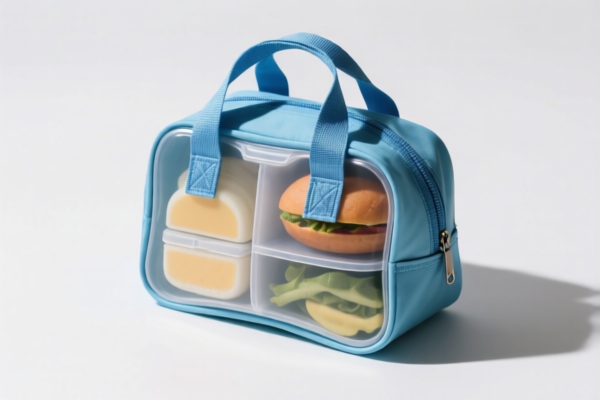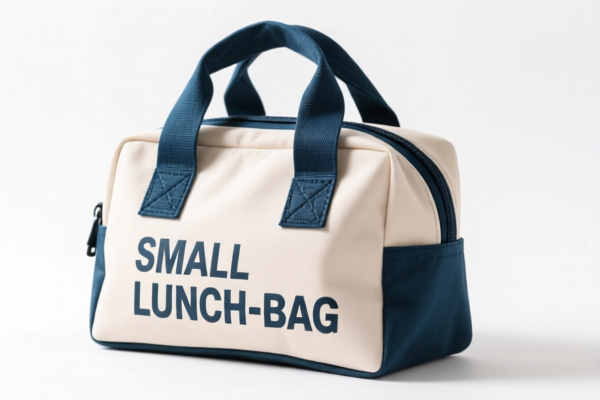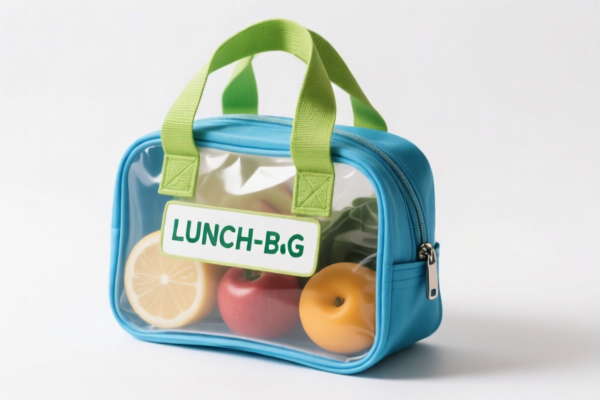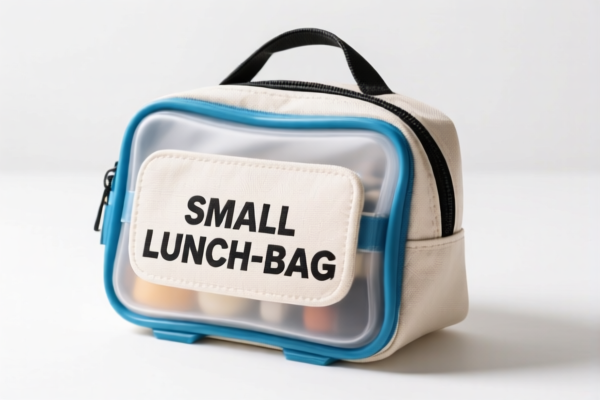| HS Code | Official Doc | Tariff Rate | Origin | Destination | Effective Date |
|---|---|---|---|---|---|
| 3923210080 | Doc | 58.0% | CN | US | 2025-05-12 |
| 4202921000 | Doc | 58.4% | CN | US | 2025-05-12 |




Okay, let's break down the classification and tax implications for your "LUNCH BAGS" declaration. You've provided two HS codes, which suggests there might be different types of lunch bags you're importing. Here's a detailed analysis:
1. HS Code: 3923.21.00.80 – Plastics Sacks and Bags
- Chapter 39: Plastics and articles thereof. This broadly covers items made from plastic.
- 3923: Articles for the conveyance or packing of goods, of plastics; stoppers, lids, caps and other closures, of plastics. This is where we start to narrow down – specifically, items used for packing goods, made of plastic.
- 3923.21: Sacks and bags (including cones) of polymers of ethylene (polyethylene). This specifies the type of plastic – polyethylene (like LDPE, HDPE, etc.). This is a common plastic used in many bags.
-
3923.21.00.80: "Other" – This is a residual subheading, meaning it covers polyethylene sacks and bags that don't fit into more specific categories. The key here is "With no single side exceeding 75 mm in length". This suggests smaller, thinner bags.
- Tax Implications:
- Basic Duty: 3.0%
- Additional Duty: 25.0% (until April 1, 2025) / 30.0% (after April 1, 2025)
- Total Tax: 58.0%
- Tax Implications:
2. HS Code: 4202.92.10.00 – Other Bags
- Chapter 42: Articles of leather or of composition leather, travel goods, handbags and similar articles. This chapter covers items made of leather, or materials like leather, and travel/carrying goods.
- 4202: Trunks, suitcases, vanity cases, etc.; traveling bags, insulated food or beverage bags, toiletry bags, etc. This is a broader category encompassing various types of bags.
- 4202.92: Other bags, with outer surface of sheeting of plastics or of textile materials. This specifies bags with an outer layer of plastic or fabric.
-
4202.92.10.00: Insulated food or beverage bags: Other. This is specifically for insulated lunch bags, and the "Other" suggests it doesn't fall into more specific subcategories.
- Tax Implications:
- Basic Duty: 3.4%
- Additional Duty: 25.0% (until April 1, 2025) / 30.0% (after April 1, 2025)
- Total Tax: 58.4%
- Tax Implications:
Key Differences & Considerations:
- Material is Crucial: The biggest difference is the primary material. If the bag is primarily made of polyethylene plastic, 3923.21.00.80 is likely the correct code. If it has a significant outer layer of fabric or other material in addition to plastic, 4202.92.10.00 is more appropriate.
- Insulation: The 4202.92.10.00 code specifically calls out "insulated" bags.
- Size: The 3923.21.00.80 code has a size restriction (no side exceeding 75mm).
Recommendations & Next Steps:
- Confirm Material Composition: Carefully review the materials used in each type of lunch bag you are importing. Is it mostly plastic, or does it have a significant fabric/other material component?
- Measure Bag Dimensions: If you're leaning towards 3923.21.00.80, ensure the bags meet the size requirement (no side exceeding 75mm).
- Check for Certifications: Depending on the intended use of the lunch bags (e.g., food contact), you may need certifications like FDA or LFGB compliance. Please verify the specific requirements for your target market.
- Declare Accurately: Provide accurate descriptions and material information on your customs declaration to avoid delays or penalties.
- Consider a Binding Ruling: If you're unsure about the correct classification, you can request a binding ruling from your local customs authority. This provides legal certainty.
Disclaimer: I am an AI assistant and cannot provide definitive customs advice. This information is for general guidance only. Always consult with a qualified customs broker or consultant for specific advice related to your import situation.
Customer Reviews
The info is there, but I wish there was a simpler way to understand the difference between the two HS codes. It's a bit technical for someone new to customs.
This page saved me hours of research. The comparison between the two HS codes and their tax rates was incredibly clear and useful for my export planning.
Good info on the 4202.92.10.00 code for insulated lunch bags. I was a bit confused about the material requirements, but the explanation clarified it.
The detailed breakdown of HS code 3923.21.00.80 was exactly what I needed for my plastic lunch bags. The tax info and material specifics were super helpful.